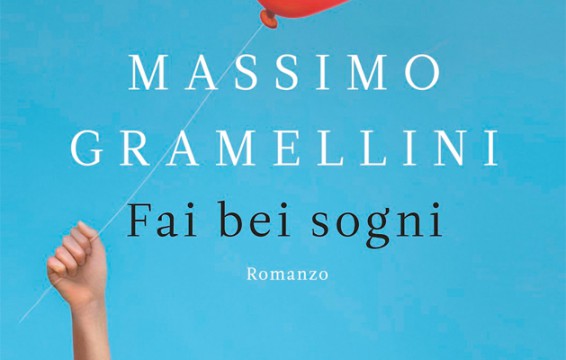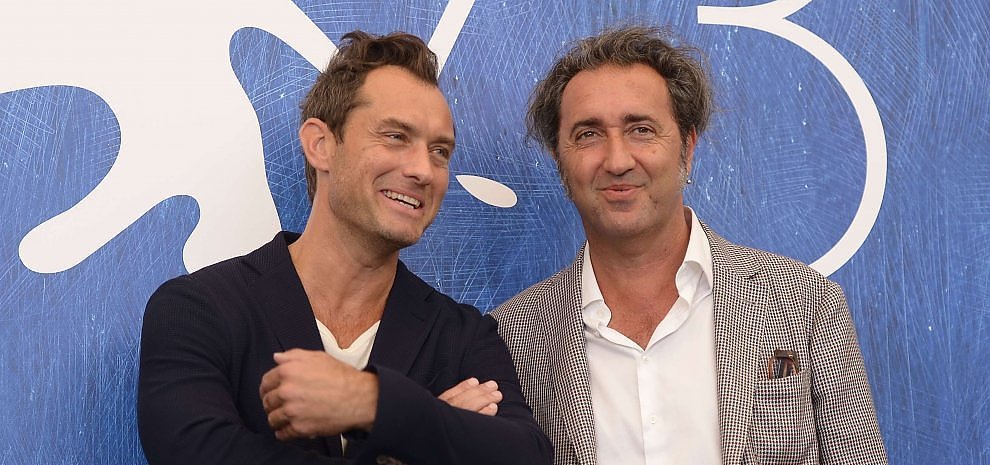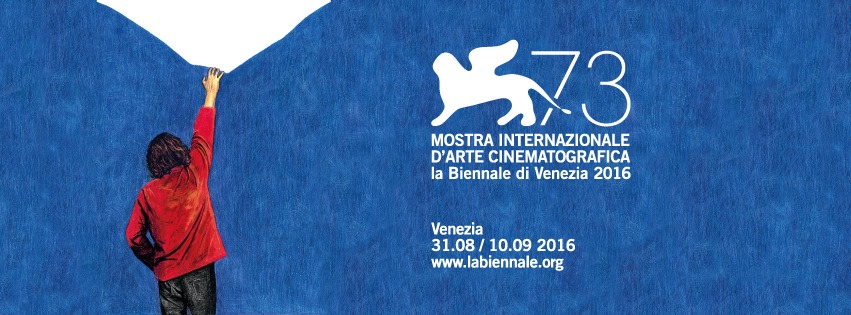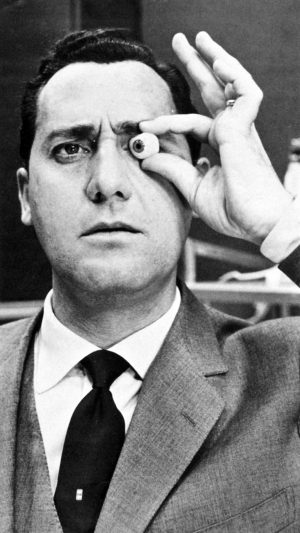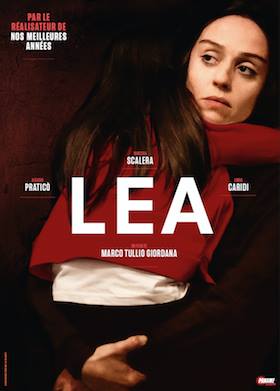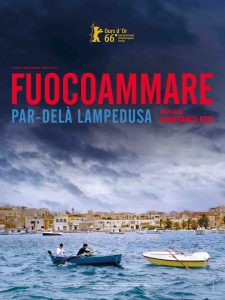

FUOCOAMMARE de Gianfranco Rosi / Utopia Tournefeuille – from the 28 September
Documentaire Italie 2016 – 1h49mn – VOSTF – Ours d’or, Festival de Berlin 2016 – Prix Amnesty International – Prix Jury Oecuménique
Lampedusa.a un destin bien particulier. Avant, les barques des migrants qui tentaient de rejoindre l’Europe déboulaient directement sur l’île, maintenant des navires militaires croisent en permanence en haute mer, arrêtent les bateaux, transbordent les migrants qu’ils débarquent au port…
Comment la vie des habitants peut-elle continuer ?
On peut presque vivre à Lampedusa sans que les deux mondes se croisent : celui des habitants qui continuent à mener leur vie et ceux qui ne font que passer, les rescapés.
Le prix de l’Ours d’or pour le film est aussi un prix pour les habitants de l’île, ils le méritent.
L’Italia ha deciso: sarà Fuocoammare, docu-film di Gianfranco Rosi a rappresentare il nostro cinema nella categoria Miglior film straniero per gli Oscar 2017. Una scelta non facile per i nove membri della Commissione di Selezione chiamata a decidere, e tra questi c’era qualcuno che quell’Oscar lo ha vinto davvero: Paolo Sorrentino, vincitore nel 2014 for The great beauty.
Tuttavia, è stato proprio Paolo Sorrentino ad essere in disaccordo con il resto della Commissione, parlando addirittura di una « scelta masochistica ».
« Non dò giudizi sul film di Rosi, che anzi mi è piaciuto molto. Ma quando si arriverà alle short list, i votanti prenderanno il nostro documentario e lo metteranno da parte. E’ stato un segno di debolezza della cinematografia italiano »
In altre parole, per Sorrentino l’opera di Rosi è più un documentario che un film, e come tale andava inserito in un’altra categoria, permettendo all’Italia di poter candidare due opere: una come Miglior documentario e un’altra come Miglior film straniero.
I giochi sono lontani dall’essere conclusi, poiché il 24 gennaio sarà il turno dell’Accademy scegliere i 6 film (the short list di cui parlava Sorrentino) che correranno per l’Oscar, e la concorrenza sarà molto agguerrita.
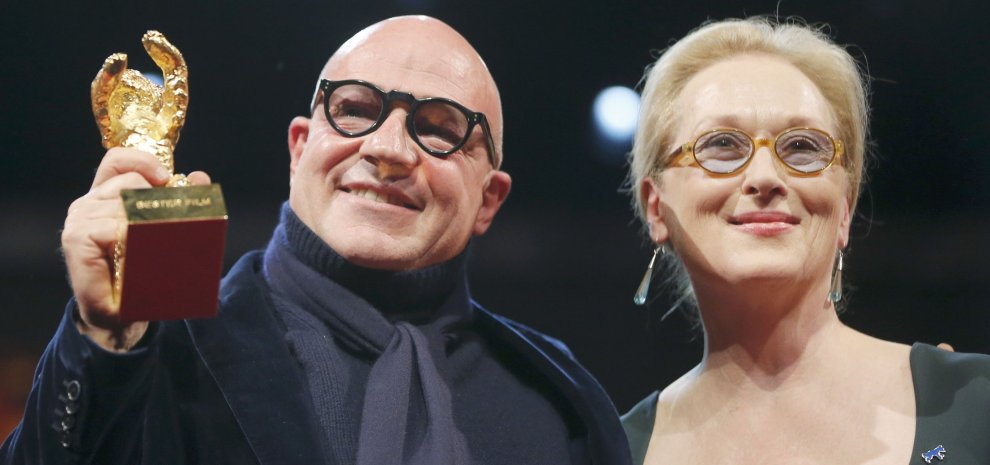 Gianfranco Rosi e Meryl Streep al Festival di Berlino
Gianfranco Rosi e Meryl Streep al Festival di Berlino
Rosi si dice però ottimista, se è vero che dalla nostra parte abbiamo le parole di un’attrice che di Oscar ne ha vinti ben tre, ed è stata candidata ben 19 volte (record che nessun attore ha mai raggiunto): Meryl Streep: « Questo film può vincere l’Oscar. Farò di tutto perché sia portato negli Usa« .
Il film è girato integralmente nell’isola di Lampedusa, teatro quotidiano di sbarchi di profughi ed emigranti di ogni sponda del Mediterraneo. Lì, il medico Pietro Bartòlo (un medico vero, non un attore) è incaricato di prestare le primissime cure a tutti i migranti che sbarcano.
Gianfranco Rosi è ovviamente entusiasta della scelta, che risulta un primo passo dell’Europa per prendere coscienza del dramma delle migrazioni nel Mediterraneo:
« Il messaggio di questo film arriva forte e chiaro. Ed è necessario che io lo accompagni il più possibile nel suo viaggio, anche se i paesi in cui è stato distribuito sono più di 60 e non potrò essere presente dappertutto, ma faccio il possibile spesso al fianco del magnifico Pietro Bartolo, vero testimone di questo film. «
Fuocoammare (“Par-delà Lampedusa”) de Gianfranco Rosi arrive dans les salles françaises à partir du 28 September

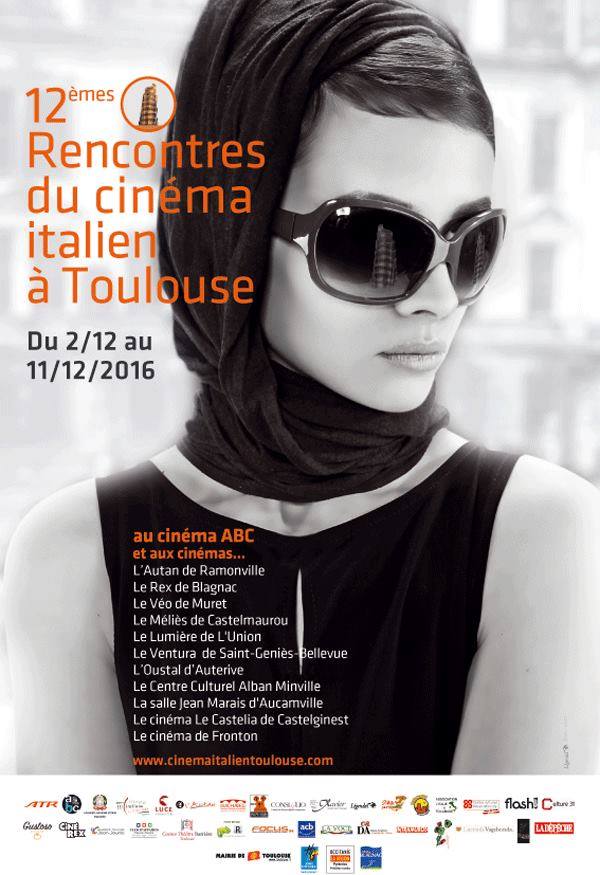
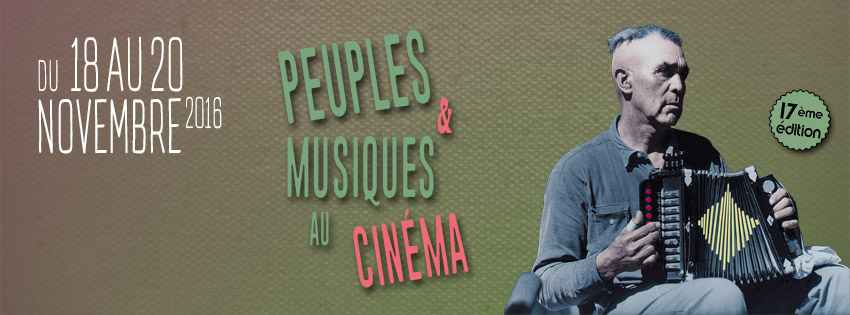

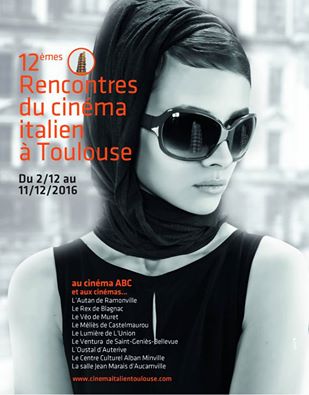 Regardez la bande annonce de l’édition 2016 avec les images des films que vous allez voir du 2 to the 11
Regardez la bande annonce de l’édition 2016 avec les images des films que vous allez voir du 2 to the 11
